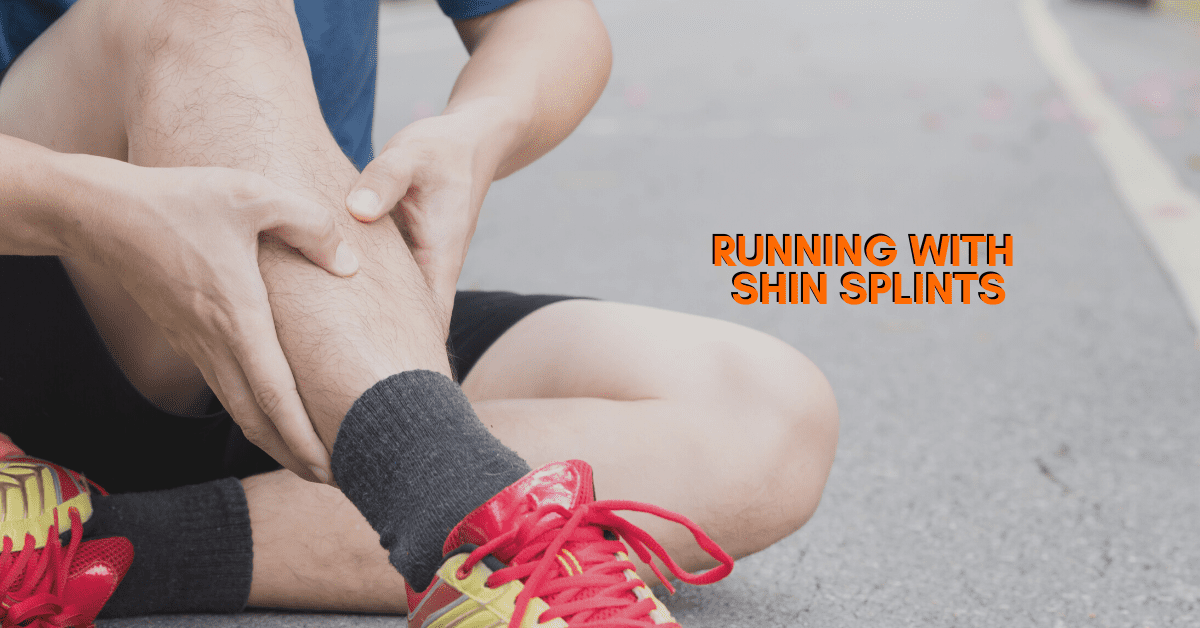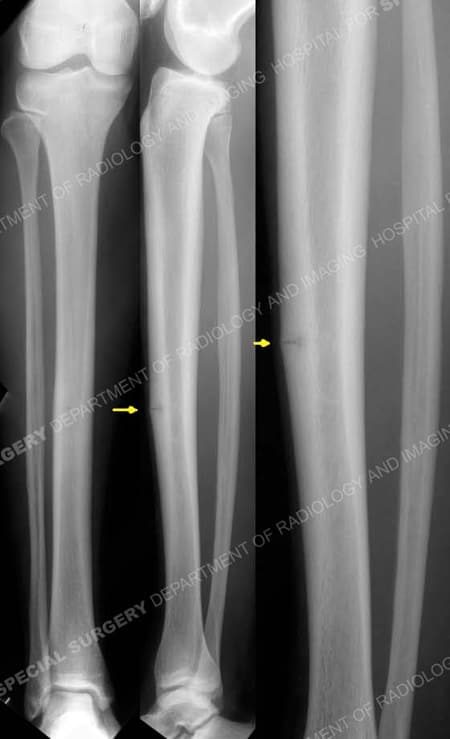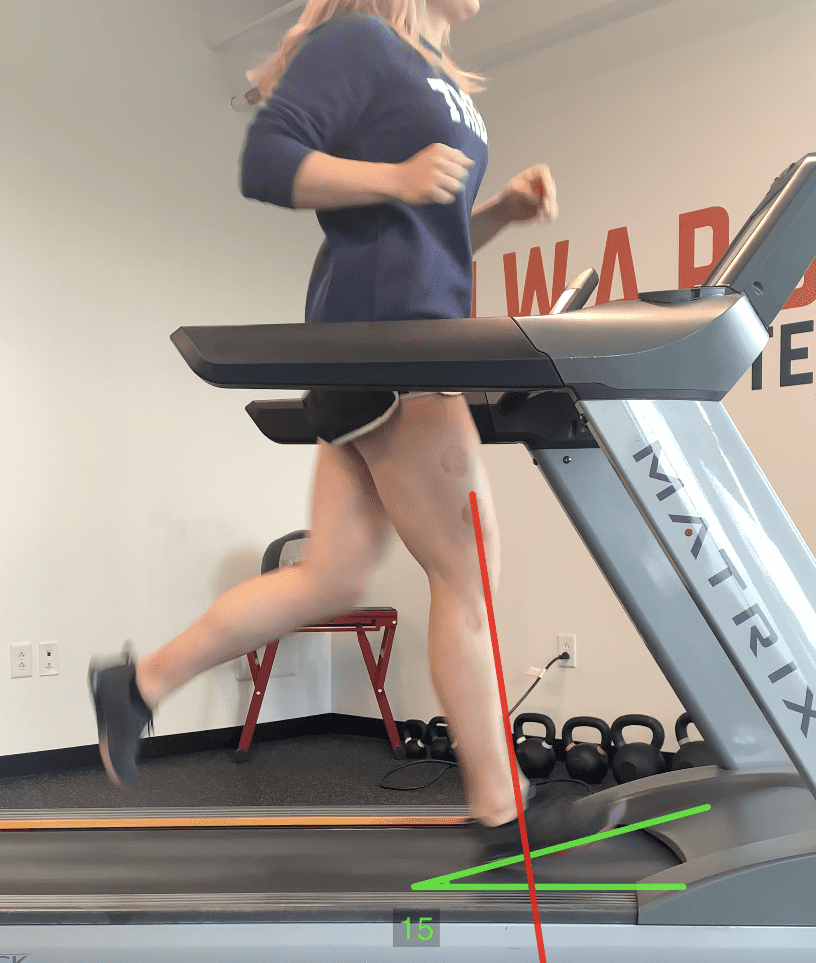
You’ve been absolutely killing it over the last several months and have finally been able to build up your running mileage! But over the last few weeks, you’ve noticed a subtle increase of a nagging pain beginning in your shins. As it starts to put a halt to your hard-earned increased mileage, you find yourself frantically researching your symptoms online. As you’ve searched online, you’ve discovered you may have what is commonly referred to as “shin splints.”
There are a few crucial points for you to understand with “shin splints”.
- First, it is not a diagnosis. Shin splints are an umbrella term used to describe a variety of different injuries that can occur in the lower leg.
- Identifying which tissue is actually injured or irritated is the key to returning to running with shin splints.
- If a medical provider has diagnosed you with shin splints and has not given you a specific diagnosis, we suggest seeking a second opinion
In this article, we will outline four of the diagnoses commonly lumped together under the term “shin splints” along with advice on how to manage each.
What are “shin splints?”
Stress Fracture

Let’s start with the injury under the “shin splint” umbrella that we least want to see. With the impact that occurs to your body during running, we can see the bones in your lower leg begin to undergo repeated bouts of microtrauma. When they can’t fully recover, over time this can result in a stress fracture. If we continue trying to train, this can lead to significantly worse problems such as full fractures that may not heal without surgical fixation. This can result in the inability to run anymore permanently.
With stress fractures, pain characteristically comes on gradually and decreases with rest. As the damage progresses, pain persists after exercise and with daily activities. There are two very important things to note when considering whether or not you may be dealing with a stress fracture:
- They typically get steadily worse with pain as exercise duration increases
- With movements like lateral step-ups, single-leg balancing, etc. we will often see pain shoot up when the athlete unloads that leg
If you are suspecting a stress fracture, do not hesitate to go see your doctor for imaging to confirm or rule out this condition. If you do have a stress fracture, you must have a period of decreased loading to allow the bone to heal.
During this time period, working with a physical therapist experienced in the proper progression of loading to get you back to running is important. Our team will guide you through loading and perform running form analysis to determine technical faults and slow return to run progression is encouraged.
Medial Tibial Stress Syndrome
The most common presentation of pain during running with shin splints is medial tibial stress syndrome. This condition typically causes pain in the lower 1/3rd of your tibia (shin bone) on the inside portion of the bone. As an athlete exercises, typically pain starts early in a workout, often warms up, and then completely resolves with rest. Several muscles in the lower leg may be involved in the development of medial tibial stress syndrome. The most common are the soleus and posterior tibialis.
A thorough evaluation combined with a run form assessment typically helps athletes return to full sports participation in a short period of time. We can correct any faults limiting performance while strengthening the muscles that are getting overstressed.
Compartment Syndrome
Anterior compartment syndrome is another common condition under the umbrella term of shin splints. In this condition, blood fills the anterior compartment of an athlete’s shin. Eventually, blood fills the compartment. The increasing pressure continues in the lower leg until pain and/or weakness stop the athlete from being able to continue running.
Typically with compartment syndrome, pain presents at a consistent mileage and resolves after stopping exercise. We commonly find that athletes with compartment syndrome present with a few common running faults such as overstriding and an excessive heel strike. Following a running form assessment, we can develop a plan to improve running mechanics to decrease the pressure build-up in the shins.
Here’s an example of an athlete we worked with dealing with anterior compartment syndrome during her runs. In her running assessment, we noticed a significant heel strike angle and overstriding. This combination placed extra stress on her shin muscles resulting in her symptoms. For more on treating anterior compartment syndrome, see this article.

Tendinitis
The final “shin splints” diagnosis we will cover is tendinitis (more accurately called tendinopathy). In this condition, one or more of the lower leg muscles is continually taxed beyond what it can recover from. This eventually leads to the tendon breaking down and becoming painful.
The classic presentation of tendinopathy is that initially, pain presents after exercise. For those whose pain has progressed further, symptoms can often show up early in a run but then decrease as the athlete warms up. If allowed to progress too long, pain may become constant and interfere with daily activities. A thorough examination should uncover the tendons that are irritated and then proper exercises can be employed to return to running.
Treatment for tendinitis traditionally involved lots of stretching. More recently, sports performance research has shown stretching to not be the best route. Instead, we focus on loading and strengthening the tendons back to full health. For instance, in someone with Achilles tendinopathy, we will strengthen the calf muscles with specific loading strategies.
Ready to be done with shin splints pain after running?
If you’ve been running with shin splints and are ready to get back to pain-free running at the highest level, schedule an appointment with one of our running specialists. Our physical therapy team specializes in helping athletes get back to the activities they love without pain, medications, or surgeries.
Recent Articles
Why Early Intervention Physical Therapy Accelerates Your Recovery

What to Expect at Your First Physical Therapy Session?

How to Choose a Physical Therapist

The Top 5 Misconceptions About Physical Therapy

The Complete Guide to Physical Therapy

